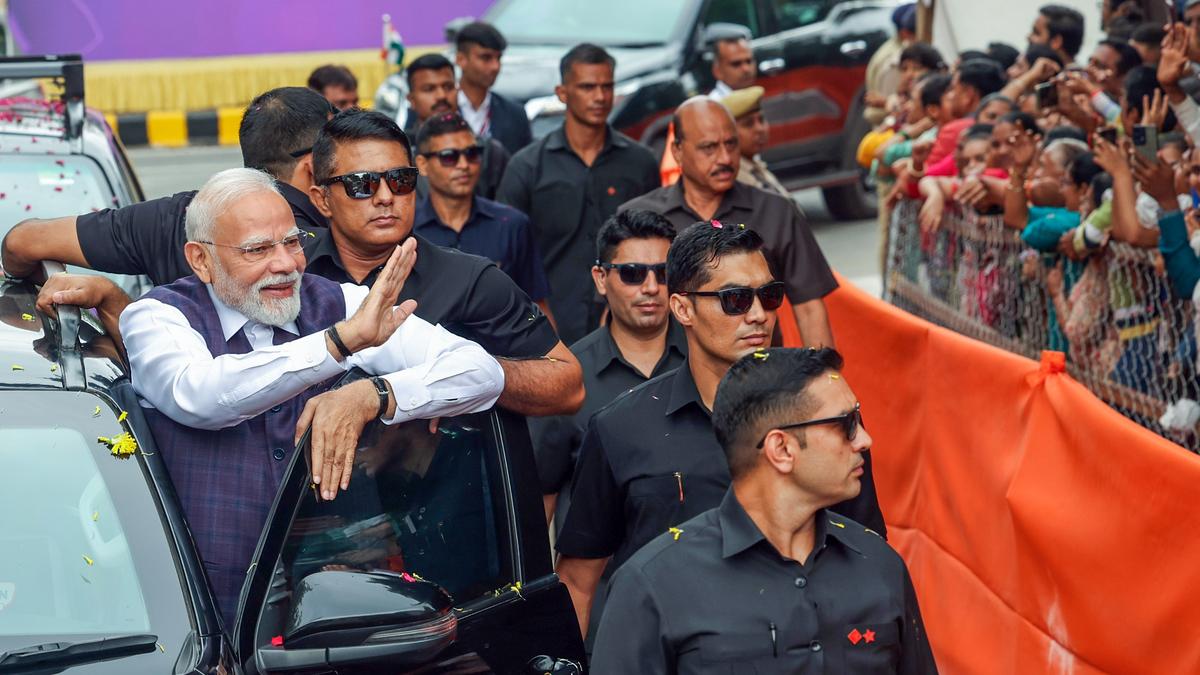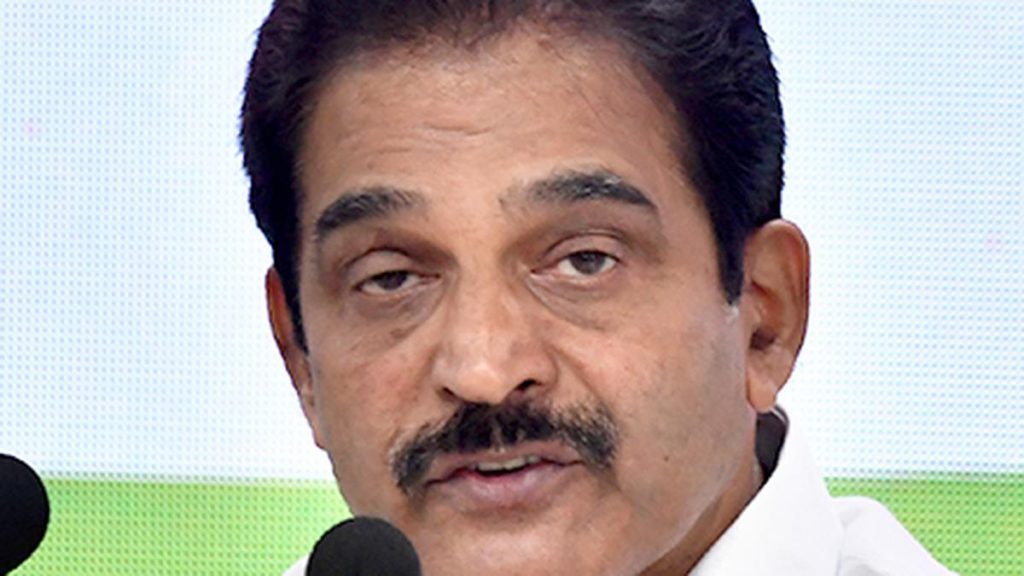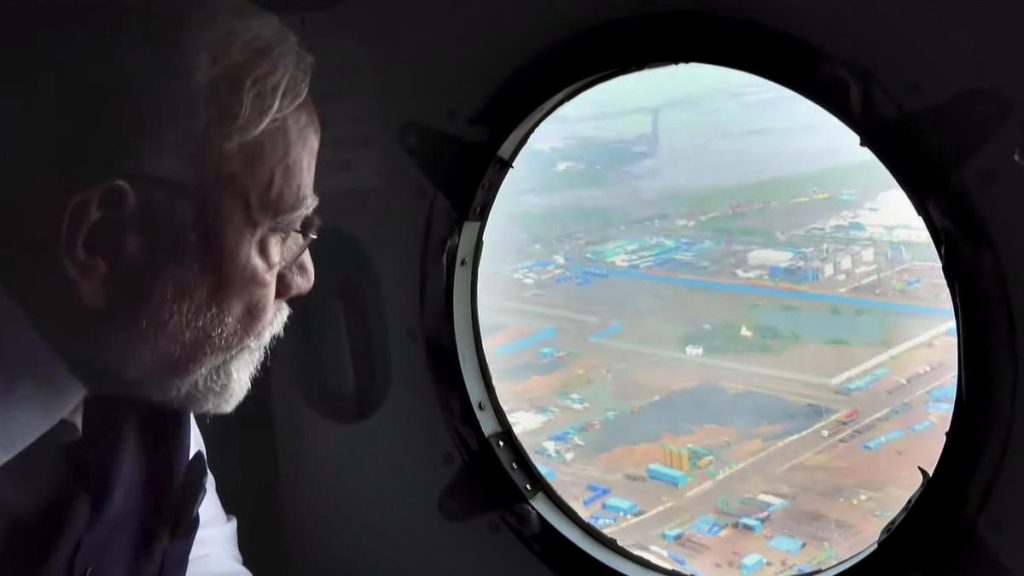Now Reading: PM Modi Calls for Reducing India’s Dependence on Foreign Nations in Bhavnagar Speech
-
01
PM Modi Calls for Reducing India’s Dependence on Foreign Nations in Bhavnagar Speech
PM Modi Calls for Reducing India’s Dependence on Foreign Nations in Bhavnagar Speech

Rapid Summary
- Prime Minister Narendra modi emphasized that India’s main challenge is dependence on foreign countries, which undermines its self-reliance.
- He called for making India entirely ‘Atma Nirbhar’ (self-reliant) by 2047 and urged shops to sell entirely ‘Swadeshi’ (indigenous) products.
- PM Modi virtually inaugurated and laid the foundation stone for multiple development projects worth ₹34,200 crore in Gujarat, focusing on the maritime sector.
- The event titled “Samundar se Samridhi” was co-hosted by Make in India, Gujarat Maritime Board, Ministry of Ports Shipping & Waterways, and the Gujarat Government.
- PM highlighted India’s ancient strength in shipbuilding and lamented how reliance on foreign ships led to a decline in domestic shipbuilding from handling 40% of trade to just 5%.
- He disclosed that India currently pays $75 billion annually to foreign shipping companies – comparable to its defense budget – weakening national job opportunities.
- A new initiative recognises large ships as part of the infrastructure sector. Measures like “One Nation, One Port” aim at administrative streamlining across Indian ports.
- Key investments include more than ₹70,000 crore for enhancing port infrastructure over several years. India’s first deep-water container trans-shipment port is operational in Kerala; Maharashtra’s Vadhavan Port is under development at over ₹75,000 crore.
- Ship turn-around time has been improved from two days (pre-2014) to less than one day today. Port capacity has doubled since 2014 under initiatives like Sagarmala.
- PM set a target for india’s share in global maritime trade (currently at 10%) to triple by 2047 while announcing a world-class maritime museum at Lothal.
Indian Opinion Analysis
Prime Minister modi’s emphasis on achieving complete self-reliance underscores India’s ambition for economic autonomy and reduced dependence on foreign imports across critical sectors such as shipping and manufacturing. By linking this vision with historical references like India’s maritime legacy as an ancient shipbuilding powerhouses-a status eroded due to post-independence policy gaps-he presents an argument rooted both in national identity and pragmatic concerns about massive financial outflows.
Proposed structural changes like digital integration (“One Nation One Port/Document”) could significantly improve efficiency within indian ports’ logistics systems while reducing costs for traders. Infrastructure upgrades such as new deep-water ports signal long-term investments aiming not only toward employment generation but also enhanced participation-potentially tripling it-in global sea trade markets.
Though ambitious these targets appear ahead of 2047 milestones timelines-focused analysis pragmatic staggering rollout consistent institutional efforts underway play pivotal role success























